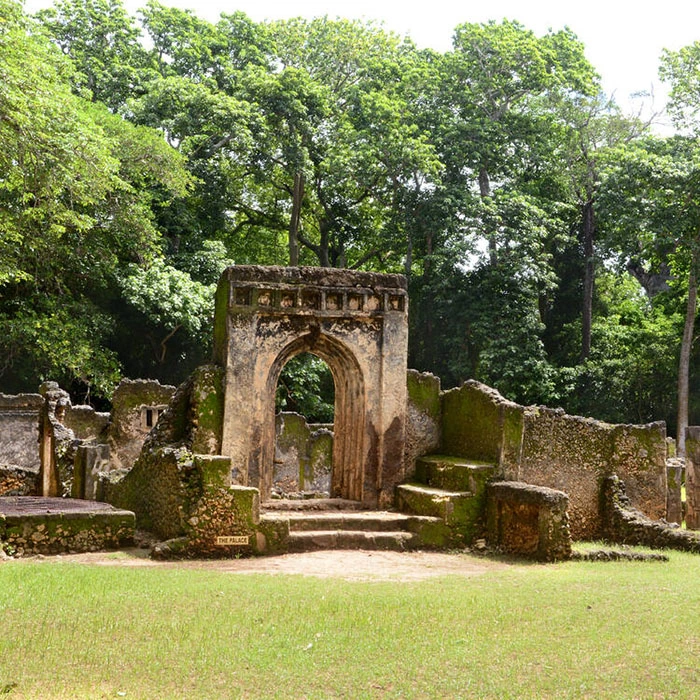Archeological sites in East Africa
The mysteries of human history are now brought closer to us every time we read about or visit these archaeological sites, which are mostly accurate representations of events that happened before humans existed. However, with the discovery of numerous studyable artifacts, we can now learn more about what happened millions of years ago. Abunda Discoveries Uganda, the top-ranked Uganda travel operator in East Africa, offers tours to these locations. Both the vast African continent and the East African region are home to a large number of these archeological sites. Archeological sites in East Africa. Below is a description of the few.
Nyero rock paintings
One of the amazing archaeological sites that explains the evolution of the local population and their way of life in terms of the writings and drawings on the rocks that are still extant today are these rock paintings, which were discovered in the Kumi district in eastern Uganda.
The three rocks that make up Nyero Rock Paintings are adorned with artwork that the area’s original inhabitants left behind. The drawings that were left behind are thought to depict a message that was intended to be conveyed to the residents. For example, they depict a crocodile structure that, to them, posed the most threat to their lives and cattle; therefore, they drew on their worst adversary.
Along with numerous other doodled constructions like ladders, the round drawing that resembles the sun also represents the sun that they revered as their god. Your tour to Nyero Rock Paintings will help you make connections between the past, present, and future since, as is often said, what you learn about the past always influences or dictates your course of action.
Olduvai Gorge in Tanzania
Olduvai Gorge in Tanzania is one of the most important and critically conserved archaeological sites on Earth because of the depth of history and the people who have lived and discovered here. In 1979, it was named a UNESCO World Heritage Site. This is because it demonstrates the advancement of human evolution. The fossils discovered here show that humans were scavengers, hunters, and sociable creatures as early as 1.9 million years ago. Other kinds of implements have also been found. Visitors can visit this site to learn about and establish a connection with historical events.
We can plan your vacation to Tanzania, where you may see the nearby Ngorongoro Crater, witness the migration of wildebeests. And enjoy a number of other stunning sights, such as the ascent to Kibo Peak on Mount Kilimanjaro. A trip to Olduvai Gorge by itself would be an injustice to tourists who want to satiate their curiosity; therefore, in order to get a complete experience, they should also visit other Tanzanian locations. Once you get in touch with us to make arrangements, your African safari with Abunda Discoveries Uganda is set up. Archeological sites in East Africa
Tanzania’s Laetoli
There is a lot to see and confirm at Laetoli, which is roughly 45 kilometers south of the well-known Olduvai Gorge. In 1976, an archaeologist named Mary Leakey and her team bumped into and found hominid footprints in the Tanzanian area of Laetoli. And various philosophies highlight the man’s transition into the modern world. These hominid footprints, which have been preserved in volcanic ash, appear to demonstrate that early humans walked upright. Other footprints found at Laetoli were those of baboons, baboons, birds, gazelles, hyenas, and rhinos. The discovery in Laetoli, which demonstrated that early man walked upright some 3.6 million years ago, stunned archaeologists.
Gedi Ruins in Kenya
Many people say that everything has an expiration date. But Gedi City, which ruled the Kenyan coast for a few years between the 13th and 17th centuries, is a different story. It still offers what every eager traveler wants today. After archaeologists dug up the site and discovered some highly intriguing artifacts that were thought to have come from places like Venice, China, India, and Spain, Gedi City became a jewel of Kenya in the 1940s.
In addition, Gedi City is home to numerous magnificent structures, including a palace, a sizable mosque, and gorgeous stone homes. You should combine your trips to Kenya for a number of important reasons. However, Kenya is mysteriously prepared to satisfy your needs when it comes to exploring adventurous locations.
Koobi Fora in Kenya
Koobi Fora is just one of the many historical and archeological sites that are abundant in Kenya. The area known as Koobi Fora, which surrounds Koobi Fora Ridge, is well-known for its sandstone and siltstones. Which are thought to be up to 4.2 million years old and contain numerous well-preserved hominins and terrestrial animals. In the Gabbra language, “Koobi” refers to a location of commiphora and the myrrh’s source.
Homo habilis, Homo rudolfensis, Homo ergaster, Australopithecus anamensis. And Australopithecus boisei are a few of the hominins found at Koobi Fora in Kenya. This area is home to both hominins and some stone implements.
Allow Abunda Discoveries Uganda to organize and carry out your Tanzanian safari. For any questions and reservations, contact us at abundadiscoveriesuganda01@gmail.com.




